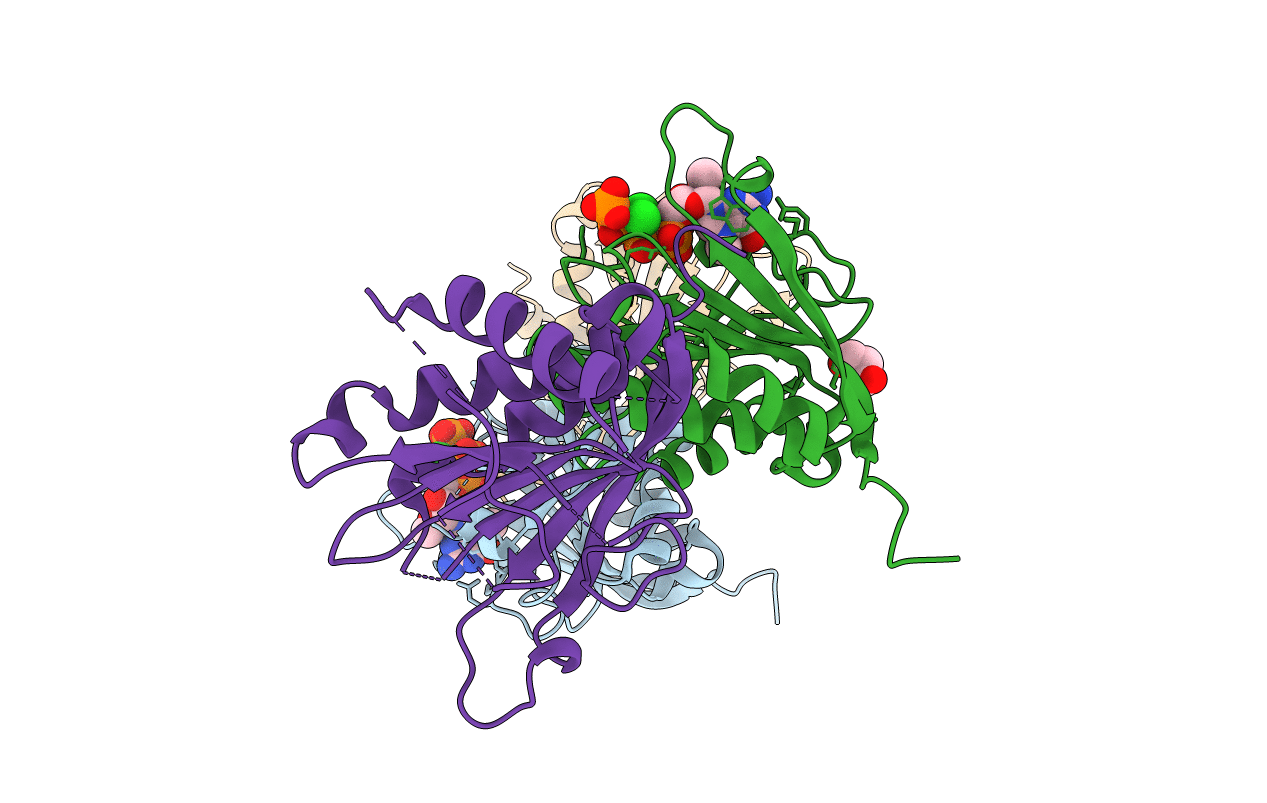
Deposition Date
2016-04-04
Release Date
2017-05-10
Last Version Date
2024-01-10
Entry Detail
PDB ID:
5J5Y
Keywords:
Title:
Translation initiation factor 4E in complex with m2(7,2'O)GppCCl2ppG mRNA 5' cap analog
Biological Source:
Source Organism:
Mus musculus (Taxon ID: 10090)
Host Organism:
Method Details:
Experimental Method:
Resolution:
1.75 Å
R-Value Free:
0.28
R-Value Work:
0.23
R-Value Observed:
0.23
Space Group:
P 1


